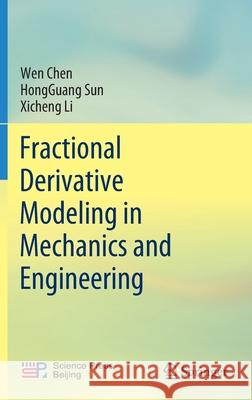Fractional Derivative Modeling in Mechanics and Engineering » książka
topmenu
Fractional Derivative Modeling in Mechanics and Engineering
ISBN-13: 9789811688010 / Angielski / Twarda / 2022 / 388 str.
Fractional Derivative Modeling in Mechanics and Engineering
ISBN-13: 9789811688010 / Angielski / Twarda / 2022 / 388 str.
cena 299,84 zł
(netto: 285,56 VAT: 5%)
Najniższa cena z 30 dni: 300,55 zł
(netto: 285,56 VAT: 5%)
Najniższa cena z 30 dni: 300,55 zł
Termin realizacji zamówienia:
ok. 16-18 dni roboczych.
ok. 16-18 dni roboczych.
Darmowa dostawa!
Kategorie:
Kategorie BISAC:
Wydawca:
Springer Verlag, Singapore
Język:
Angielski
ISBN-13:
9789811688010
Rok wydania:
2022
Ilość stron:
388
Waga:
0.71 kg
Wymiary:
23.39 x 15.6 x 2.24
Oprawa:
Twarda
Wolumenów:
01
Dodatkowe informacje:
Wydanie ilustrowane











